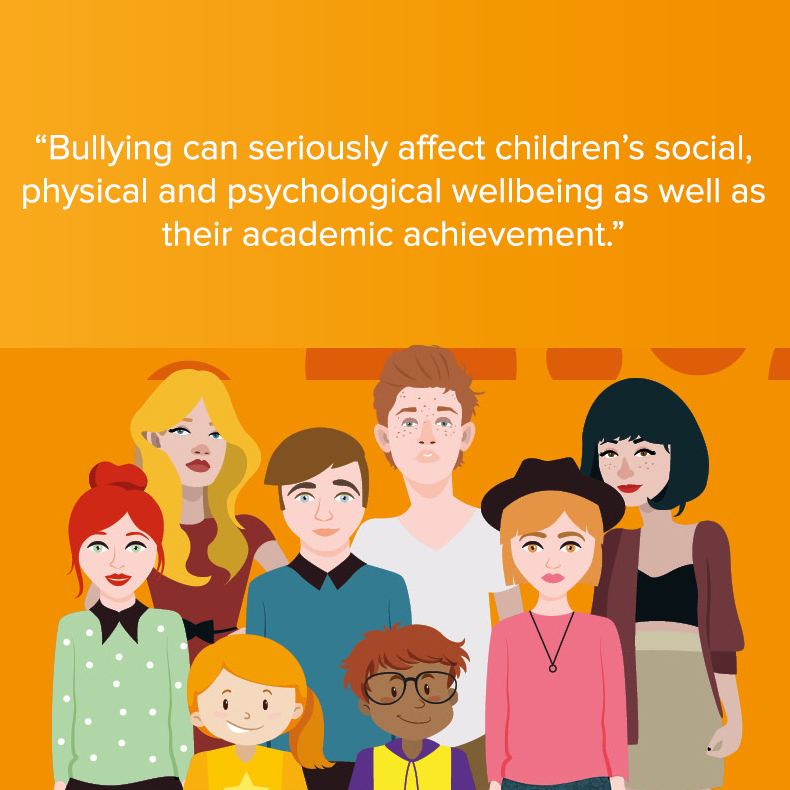Search
Research
Online Moral Disengagement, Cyberbullying, and Cyber-Aggression. Cyberpsychology, Behavior, and Social NetworkingThe study of moral disengagement has greatly informed research on aggression and bullying.
Research
The Forms of Bullying Scale (FBS): Validity and Reliability Estimates for a Measure of Bullying Victimization and Perpetration in AdolescenceThe study of bullying behavior and its consequences for young people depends on valid and reliable measurement of bullying victimization and perpetration.
Research
Borderline Personality Disorder and Peers: A Scoping Review of Friendship, Victimization and Aggression StudiesBorderline personality disorder (BPD) is characterized by instability in interpersonal relationships. To date no reviews have scoped the extant research on peer relationship functioning for young people diagnosed with BPD or showing borderline personality features. The current review provides this scoping of studies on all facets of peer relationships, including friendship quality, peer victimization and bullying and peer aggression, and relevant studies of social–cognitive processes with relevance to peer relationships. From 282 studies identified up to August 2019, 39 studies were included for review.
Research
School physical design and its relation to bullying and student well-beingThe school environment profoundly influences children's development, behaviours, and attitudes. This chapter delves into the relationship between school design and architecture, and their impact on bullying, victimisation, inclusivity, and student well-being. Research underscores the significant impact of school design on student social dynamics, advocating for collaborative efforts among stakeholders to craft effective anti-bullying policies.
Research
Pathways of Socioeconomic Disadvantage and Peer Bullying in Children and Youth: A Scoping ReviewGrowing up in socioeconomic disadvantage increases risk of peer bullying at school. Both socioeconomic status and involvement in bullying are predictive of a range of adverse developmental outcomes. However, neither (a) the mechanisms whereby disadvantage increases bullying risk nor (b) the developmental outcomes for which bullying may mediate disadvantage are clear.
Research
Moral Disengagement of Pure Bullies and Bully/Victims: Shared and Distinct MechanismsThis study advances bullying research by extending the role of moral disengagement in bullying episodes beyond pure bullies to victims, both pure victims and bully/victims
Research
Longitudinal impact of the Cyber Friendly Schools program on adolescents' cyberbullying behaviorCyber Friendly Schools program was associated with significantly greater declines in the odds of involvement in cyber-victimization and perpetration
Research
Adolescent peer aggression and its association with mental health and substance use in an Australian cohortProspective longitudinal birth cohort data was used to examine the association between peer aggression at 14yrs and mental health and substance use at 17yrs...

Infographics to easily learn more about bullying and what actions to take should bullying be an issue in your school or community.
Research
Exploring Primary School Staff Responses to Student Reports of Bullying in Australia: A Qualitative StudyBullying behaviour often increases in late childhood and peaks in early adolescence. While interventions to address bullying behaviour typically encourage students to report bullying incidents to school staff, students are often reluctant to report incidents for fear it will worsen their situation or because they lack confidence in a staff members’ ability to intervene effectively. This study explores school staff responses to student reports of bullying behaviour.
